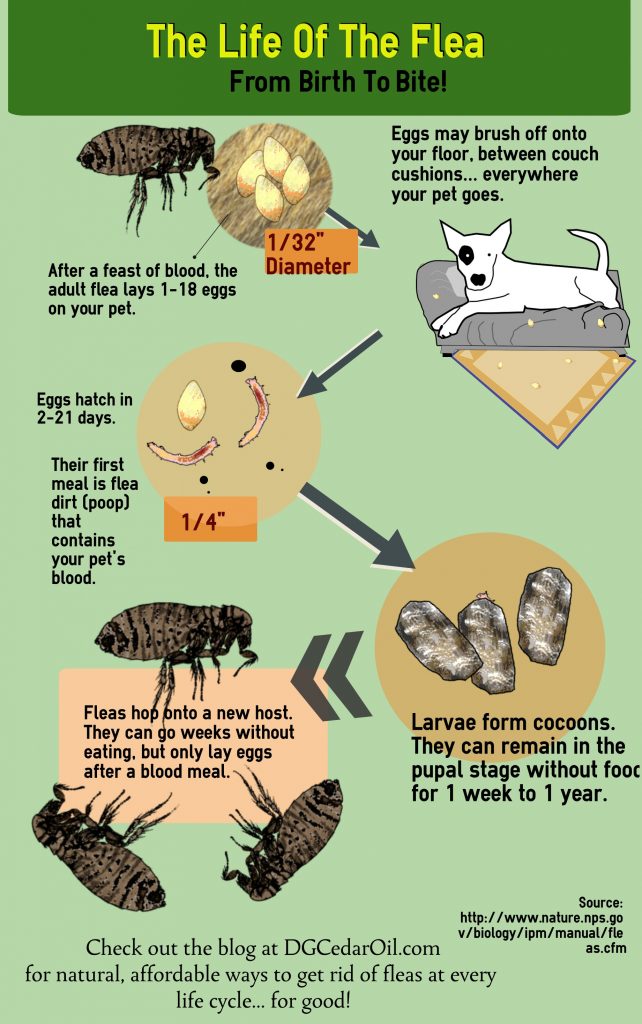Fleas can be a major problem for your pets, and they can also be a major problem for you. If you have pets, then odds are good that you have dealt with fleas before. Fleas are tiny insects that live on the blood of animals, including humans. They will attach themselves to your pet and feed off their blood until they grow hungry again. Fleas can also transfer diseases to both humans and animals, so it is important to get rid of them quickly before they do any more damage.
The first step in getting rid of fleas is to make sure that your home is clean. Vacuum carpets and furniture regularly and wash all bedding weekly. This will keep new eggs from being laid in your house, which means that there won’t be as many adult fleas around later on when it comes time to treat them effectively (more on this later).
When treating your pet for fleas, it’s important not only to get rid of the bugs themselves but also their eggs as well; otherwise, they’ll just come back again. One way to do this is by using flea collars on dogs or cats (not recommended for rabbits), but there are also several over-the-counter treatments available.
How Long Do Fleas Live In Your House?
Flea eggs are laid on your pet, and the eggs then fall off and lay dormant in your carpet until they hatch, which can take up to two weeks.
When the fleas hatch, they start looking for a blood meal. They do this by biting you or your pet, but they cannot reproduce until they find a host. Once they find a host, they can reproduce quickly.
Flea eggs can live in your house for up to three months if the temperature is above 60 degrees Fahrenheit. If it’s colder than 60 degrees Fahrenheit, flea eggs can live for up to one year.
What Kills Fleas Instantly?
When it comes to fleas, there are two ways you can kill them: by making them sick or by killing them outright. This article will focus on the first method, which is to make the flea sick so it dies of natural causes or is unable to reproduce. This is because the second method, killing fleas outright, can be toxic for humans and animals alike.
One way to make a flea sick is by using diatomaceous earth (DE). DE is fossilized algae that have been ground into tiny pieces that look like sand. When used as an insecticide, DE works by dehydrating insects and causing them to die from lack of water. It does not kill all types of insects though; some bugs such as ants are known for being resistant. If you have pets or children in your home, it’s important that you stay away from products containing DE until after they leave the area so they don’t accidentally ingest any particles while playing outside or indoors respectively.
You could also try using insecticidal soap instead if you’re looking for something safer than DE but still effective at killing off fleas quickly.
How Long Does It Take for Fleas to Go Away After Treatment?
Fleas are a common problem for dogs and cats, but they can also affect humans. If you or someone in your family has picked up fleas, it’s important to know how to get rid of them.
Fleas can cause anemia in pets and humans, so it’s important to get rid of them as soon as possible. Flea treatments often require more than one application before the fleas are gone for good.
If you have a dog, cat, or other pet that is infested with fleas, you may notice that it takes several weeks for the fleas to be completely gone after you’ve applied a treatment. This is because there are different stages of life for fleas: eggs, larvae, pupae, and adults. Depending on what type of treatment you use—and how many times per day your pet goes outside, it can take anywhere from three days to two weeks or longer before all stages of the flea life cycle have been eliminated from your pet’s fur.
Do Fleas Eventually Go Away?
Yes, fleas do eventually go away.
Fleas are parasitic insects that live on the fur of mammals, including humans. The most common species is Ctenocephalides felis, or cat fleas. These little guys have been around since at least 8000 BC and they’re unlikely to go away any time soon.
The reason why you get rid of them in the first place is that they bite humans, but this is not their only source of food. They will also feed on other animals in your home, including dogs, cats, and other pets that might be living with you.
You can tell if your dog has flea eggs by looking at their fur under a microscope; if they do have eggs present then they will look like tiny black dots sticking out from their fur. If you find these then it’s time to take action.
There are many types of products available for treating fleas on your pet, some work better than others so it’s important to choose wisely when choosing what kind of product works best for your situation (or budget).
In Conclusion,
It’s important to remember that getting rid of fleas is a process, not a one-time event. Even if you think you’ve gotten rid of all the fleas in your home, it’s likely that some eggs and larvae are still hiding in carpets and furniture in the form of pupae.
It may take several weeks before you notice any improvement in your pet’s health and behavior, and even longer before all signs of flea infestation are gone. The good news is that by following these steps, you can take control of the situation and get your home back to normal.
